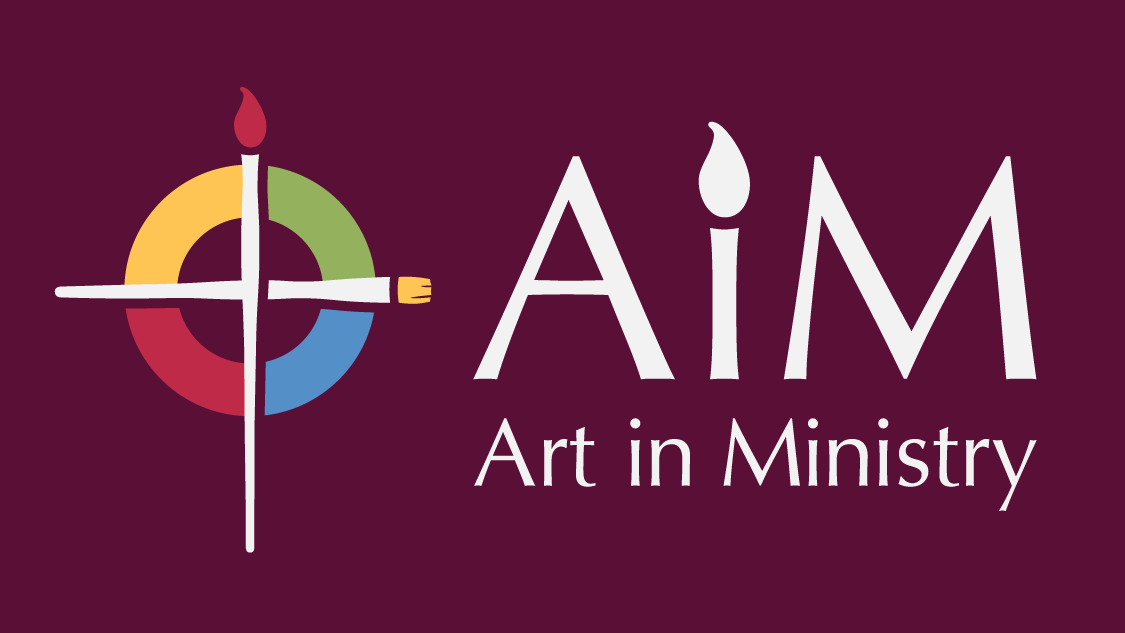Noodle Intervention Plan
Proudly displayed on your refrigerator is a frame of gold noodles containing a picture of your child, made for you for Mother’s Day. Your child was beaming with pride to give it to you. What you didn’t see were the tears of frustration as they tried their best to follow the step-by-step instructions. The noodles were so slippery, they wouldn’t stay just right, and glue was everywhere! When the class made noodle necklaces with the leftover pieces, the teacher’s aide took pity on your child’s fumbling hand-eye coordination and strung most of the noodles for them. Later in the week the class made a cute scene with paper hearts. So much cutting and gluing and listening, and only one right way to do it. Their art looks great in the hall as a collage, but you can’t help but wonder if there is more to art education than literally cutting and pasting.
While cookie-cutter crafts are great for building hand-eye coordination and bonding with children, it’s important to realize that students of all ages are capable of so much more if given the right tools and encouragement. I asked artists Maida Jaspersen and Bill Bukowski to discuss the pros and cons of teacher-directed, step-by-step art lessons, and give their advice for rounding out grade school teachers’ art curriculum.

Maida Jaspersen
Maida Jaspersen is an art student at Bethany Lutheran College who has experience with assisting with summer art camps and teaching private art lessons. After graduating this May she plans to move to Thailand to spread the gospel through art.
William Bukowski
Professor Emeritus Bill Bukowski taught art at Bethany Lutheran College for 33 years, emphasizing traditional techniques. He continues to travel, paint, and give art lectures.

Is there a place for step-by-step art lessons at the grade school level?
Maida Jaspersen:
I think that step-by-step projects can be a great starting point for kids’ (artists’) ideas; however, it’s important to remember that the momentum of the artist working is more important than producing a reproducible product. Let the artists use the steps as a jumping point, and encourage exploration! If they produce something completely different and surprising, congratulate them! They’ve successfully ventured beyond the fear of failure and into the excitement of the unknown!
William Bukowski:
I do think there is a place because it gets kids excited about drawing, and they can be successful. I always paired step-by-steps with actual perceptual drawing: looking at simple objects and drawing what you see, such as sticks, seeds, leaves, or apples and oranges.
I taught summer art camp at Bethany Lutheran College for 20 years, and I used step-by-step art every day. I designed them myself and usually based the images on popular cartoon characters. There are plenty of different levels of step-by-step and how-to-draw books, so the resources are available.
What are some strategies for encouraging creativity and self-expression in young artists?
Maida Jaspersen:
Prompt them and ask for their ideas. And then take those ideas seriously. Do not try to lead them to an answer, but join them on the journey.
William Bukowski:
I think a way of encouraging young artists is to let them explore what they like and eventually urge them to learn and use some advanced skills to make their expression better or more realized. Having good art tools is essential. Each student should have good brushes, colored pencils, good erasers, an art journal—either supplied by the school or part of their supply list. One can’t be a painter with a terrible brush. I personally don’t care for colored markers just because touch isn’t part of how to use them.
What advice do you have for building a solid grade school art curriculum?
Maida Jaspersen:
I’d encourage slowing down and asking so many questions. Art and exploration takes time and curiosity. “Noodle art” may be interesting for a while, but if the ultimate goal is to grow the minds of these young artists, they will soon need something different. Authorize them to make their own creative decisions. I think you will be blown away by their brilliance!
William Bukowski:
My wife was a grade school teacher and she used one bulletin board for “artist of the month.” Then each month one artist was featured with images of their art as well as some biographical facts. Sometimes art assignments can be paired with the artist at least one week of the month. I do like it when the art assignment can work with another subject, such as history/social studies, and integrated in the curriculum rather than just as a stand-alone late Friday afternoon activity.


